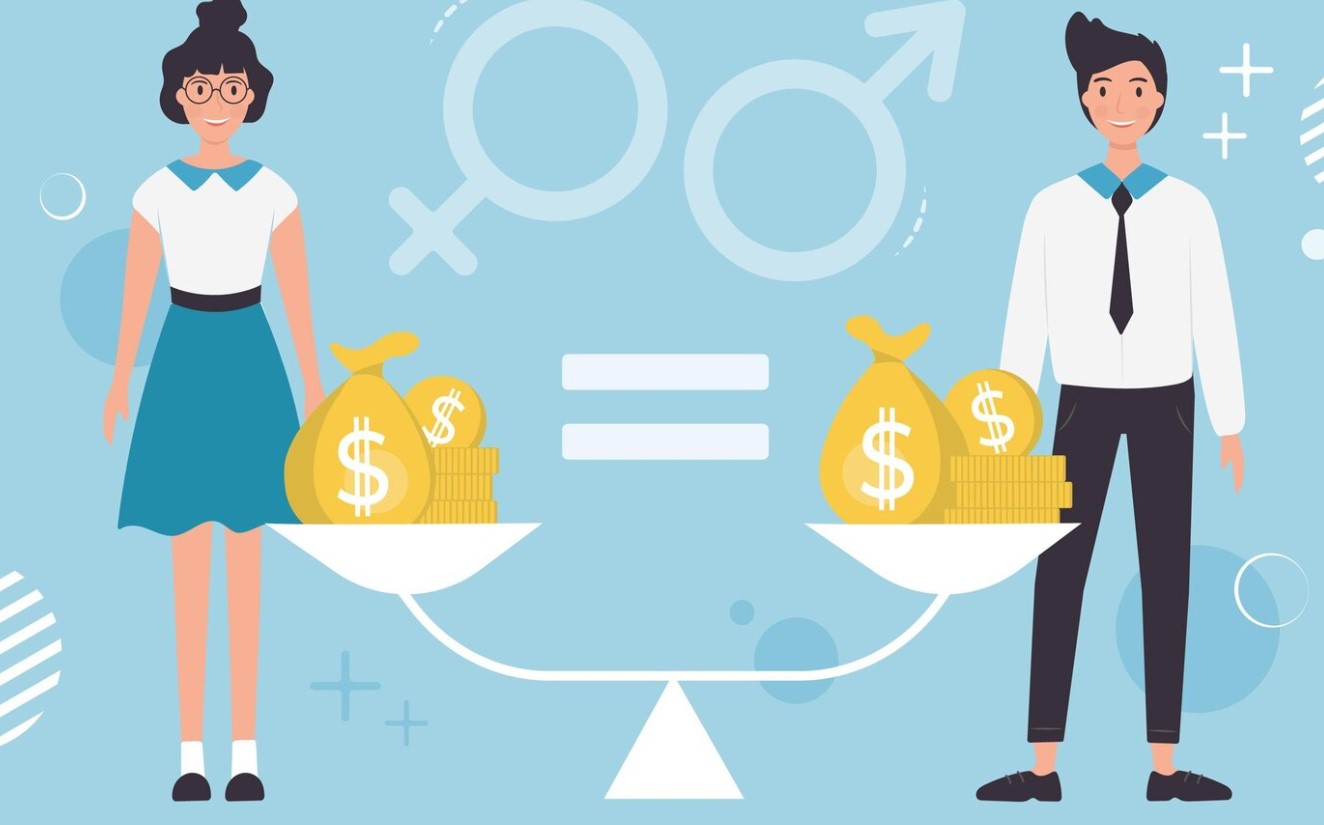Financial literacy is a critical life skill that empowers individuals to make informed decisions about money and secure their financial future. Unfortunately, there exists a significant gender gap in financial literacy, with women often facing unique challenges that can hinder their financial knowledge and confidence. Closing this gender gap in financial literacy is not only essential for women’s individual well-being but also for promoting gender equality and economic empowerment. In this article, we will explore the factors contributing to the gender gap in financial literacy and propose strategies to bridge this divide.

Understanding the Gender Gap in Financial Literacy
Several factors contribute to the gender gap in financial literacy:
1. Socio-Cultural Norms:
Traditional gender roles and societal expectations can influence the way girls and women are exposed to financial matters. Historically, women have been assigned domestic roles, leading to less exposure to financial decision-making and investment opportunities.
2. Unequal Access to Education:
In some regions, girls and women have limited access to quality education, including financial literacy programs. Lack of education can result in lower financial awareness and understanding.
3. Wage Gap:
The gender wage gap affects women’s ability to save and invest. Earning less than their male counterparts can limit their capacity to build savings and accumulate wealth.
4. Time Constraints:
Women often juggle multiple responsibilities, including caregiving and household duties. Balancing these responsibilities can leave little time for financial education and planning.
5. Lack of Confidence:
Studies suggest that women may perceive themselves as less financially competent than men, leading to lower confidence in managing money and making financial decisions.
6. Longevity and Retirement Concerns:
Women tend to live longer than men, which means they need to plan for longer retirement periods. Failing to adequately prepare for retirement can lead to financial challenges in later life.
The Importance of Closing the Gender Gap
Closing the gender gap in financial literacy is not just a matter of equality; it has significant implications for women’s economic well-being and overall financial stability. By empowering women with financial knowledge, we can achieve the following benefits:
1. Financial Independence:
Financial literacy equips women with the skills and confidence to manage their money effectively, promoting financial independence and reducing dependence on others.
2. Enhanced Decision-Making:
When women are well-informed about financial matters, they can make better decisions regarding saving, investing, and managing debt. This leads to improved financial outcomes and more significant long-term wealth.
3. Greater Economic Empowerment:
Financially literate women are better equipped to participate in the economy actively. They are more likely to start and run successful businesses, contributing to economic growth and stability.
4. Improved Retirement Preparedness:
With better financial knowledge, women can plan and save for retirement adequately, ensuring a comfortable and secure future during their longer life expectancy.
5. Positive Impact on Families:
Women often play a central role in family finances. When they are financially literate, they can positively influence their family’s financial well-being and teach their children essential money management skills.
Strategies to Close the Gender Gap in Financial Literacy
Closing the gender gap in financial literacy requires a multi-faceted approach that addresses the various challenges faced by women. Here are some strategies to consider:
1. Promoting Financial Education:
Introduce financial literacy programs in schools and communities that specifically target girls and women. These programs should cover topics such as budgeting, saving, investing, and retirement planning.
2. Tailored Educational Content:
Develop financial literacy content that speaks to the specific needs and concerns of women. Address topics like the gender wage gap, career breaks, and retirement planning for longer life expectancies.
3. Encouraging Female Role Models:
Highlight successful women in finance and business as role models. Female mentors and leaders can inspire other women to pursue financial knowledge and careers in finance-related fields.
4. Workplace Initiatives:
Employers can play a crucial role in promoting financial literacy among female employees. Offer workshops, seminars, and resources that address financial topics and investment opportunities.
5. Addressing Unconscious Bias:
Challenge societal stereotypes and unconscious biases that contribute to the gender gap in financial literacy. Encourage an environment where women feel valued and empowered in financial decision-making.
6. Financial Inclusion:
Ensure that women have access to financial services, including banking, loans, and investment accounts. Financial inclusion can empower women to take control of their finances and build wealth.
7. Supportive Policies:
Advocate for policies that promote gender equality in the workplace, such as equal pay and flexible work arrangements. A fair and supportive work environment can help women balance work and financial responsibilities effectively.
8. Empowerment Through Technology:
Leverage technology to provide accessible and user-friendly financial education platforms for women. Mobile apps, online courses, and interactive tools can make financial learning engaging and convenient.
Conclusion
Closing the gender gap in financial literacy is a crucial step towards empowering women, promoting gender equality, and fostering economic development. By providing women with the knowledge and confidence to manage their money effectively, we can break down barriers and create a more financially inclusive and equitable society. Governments, educational institutions, employers, and communities all play a vital role in implementing strategies that bridge the gender gap in financial literacy. By working together, we can empower women to take control of their financial futures and create a more prosperous and equal world for everyone.